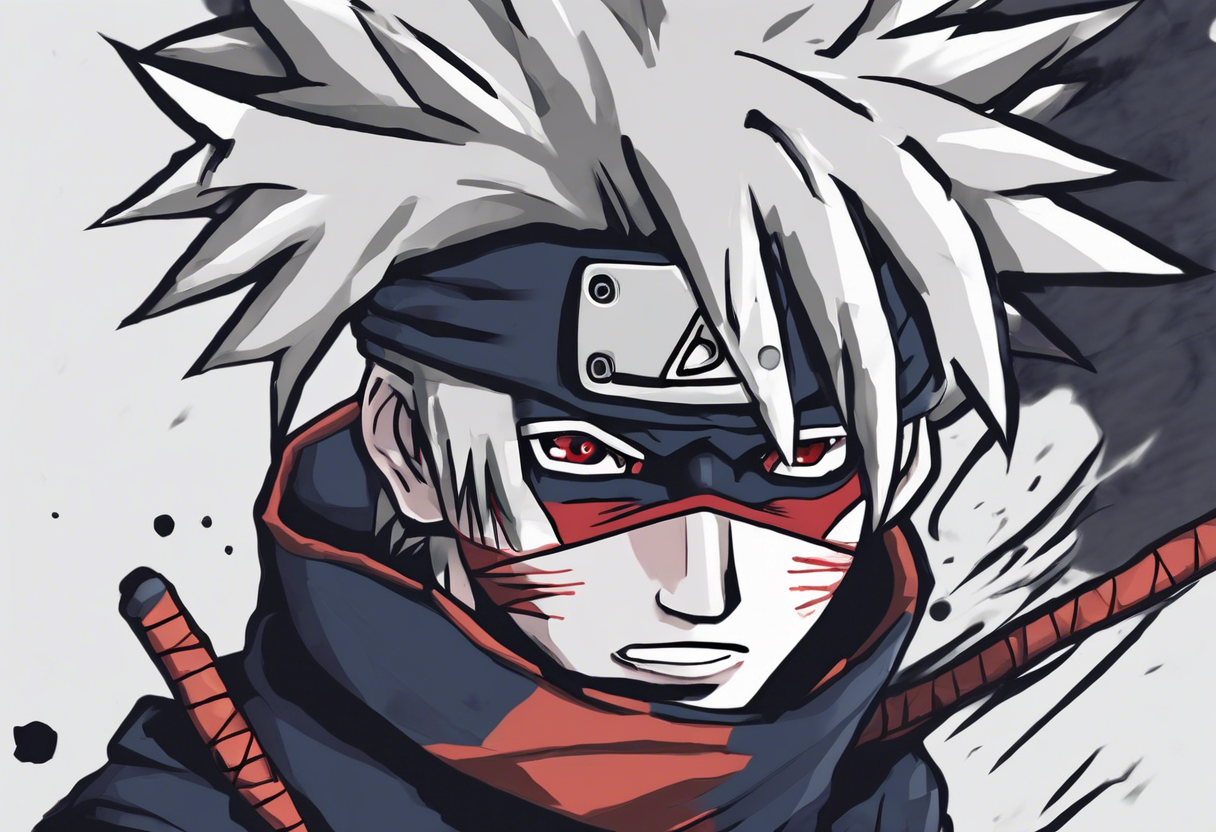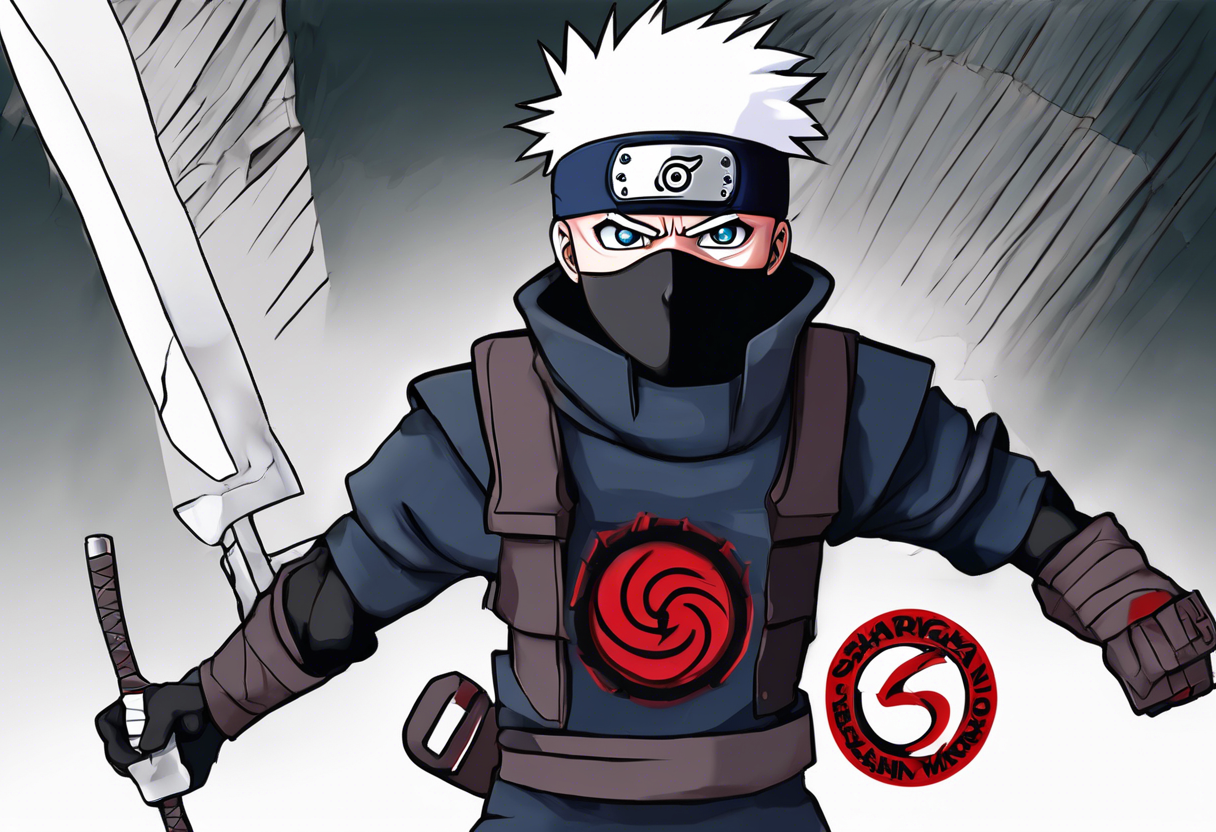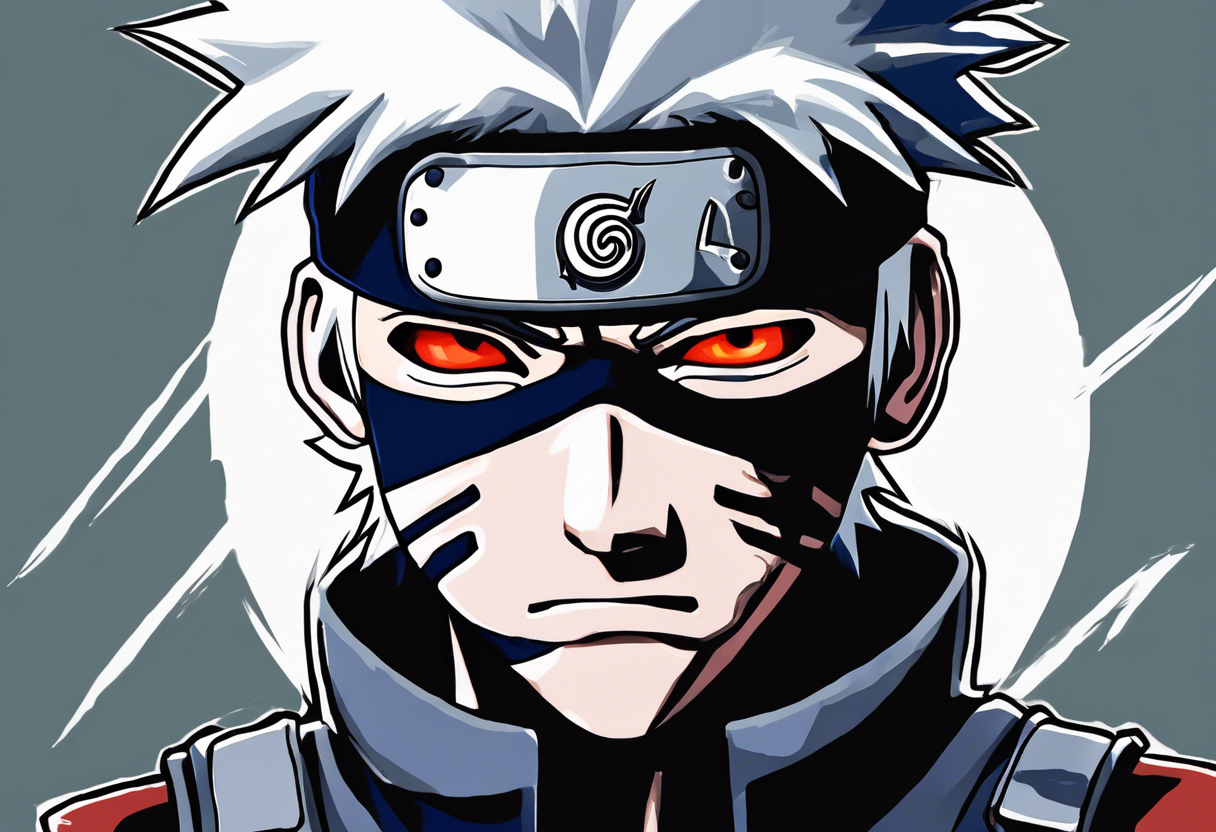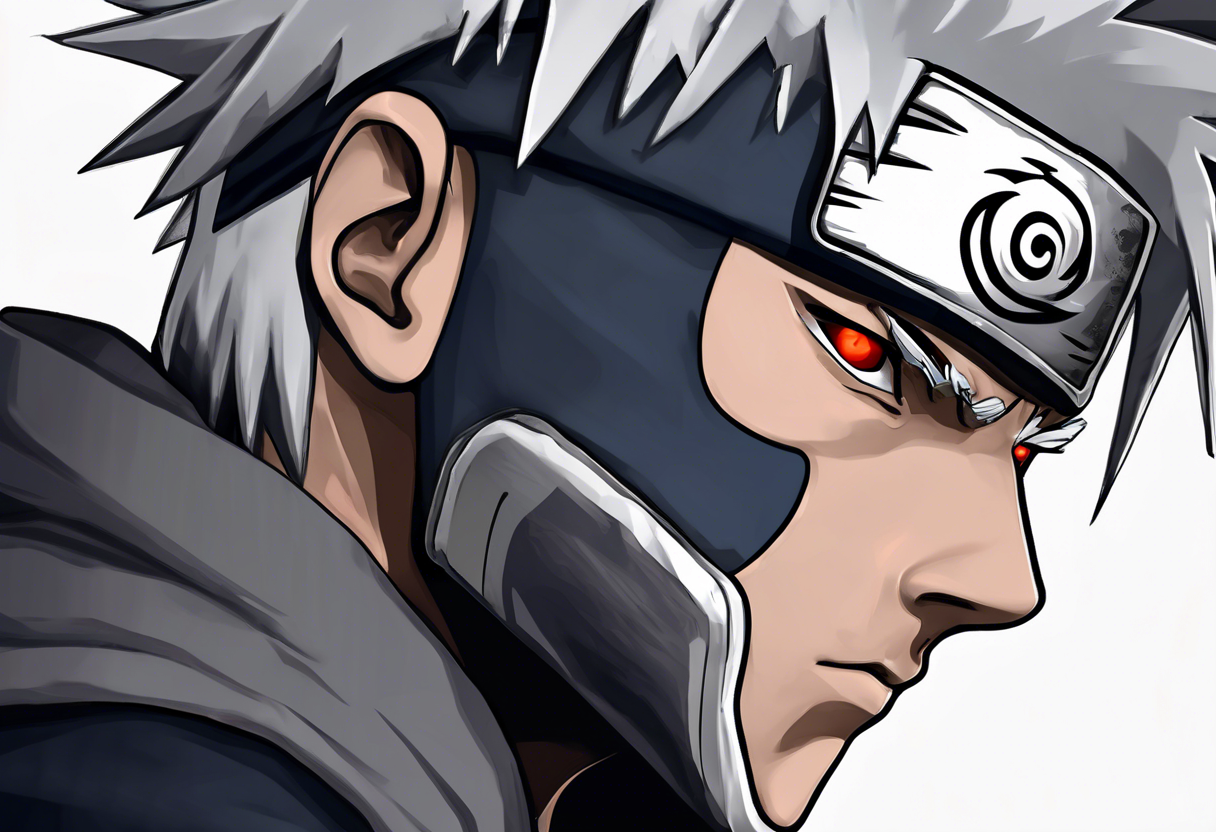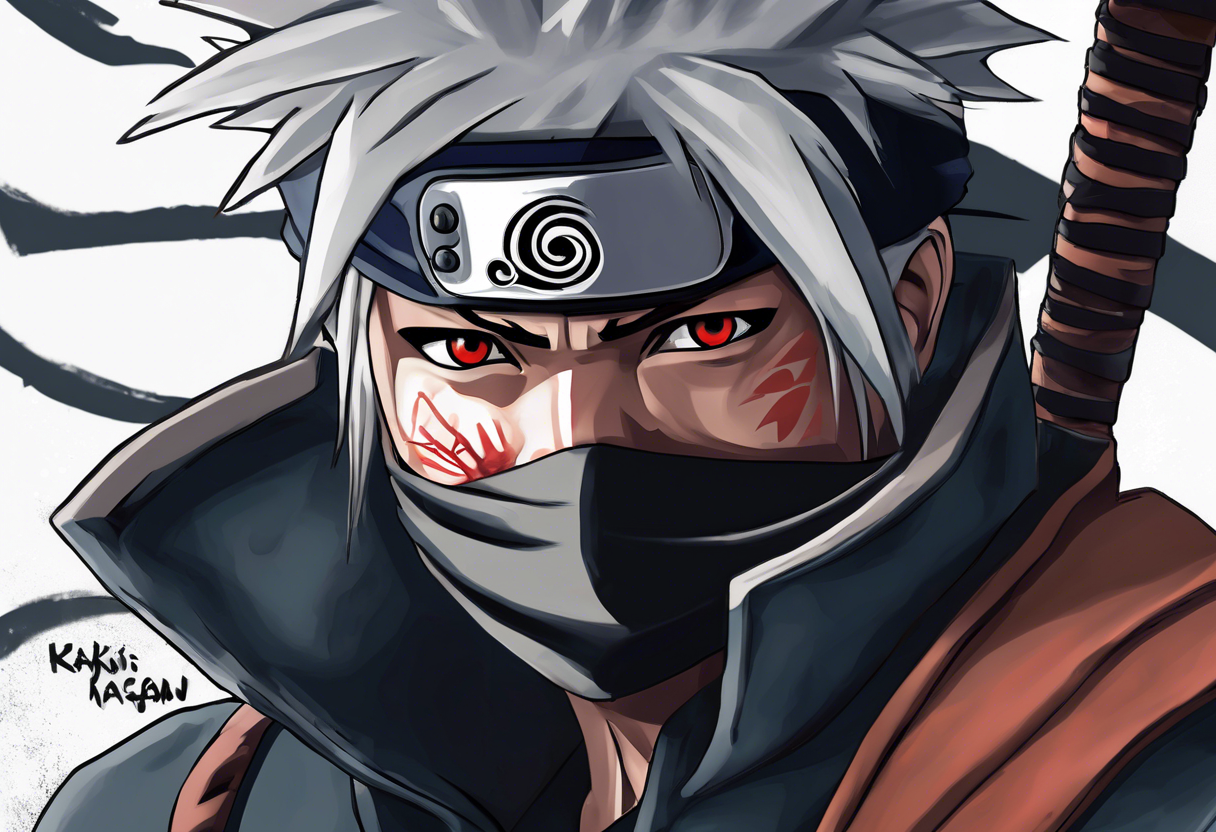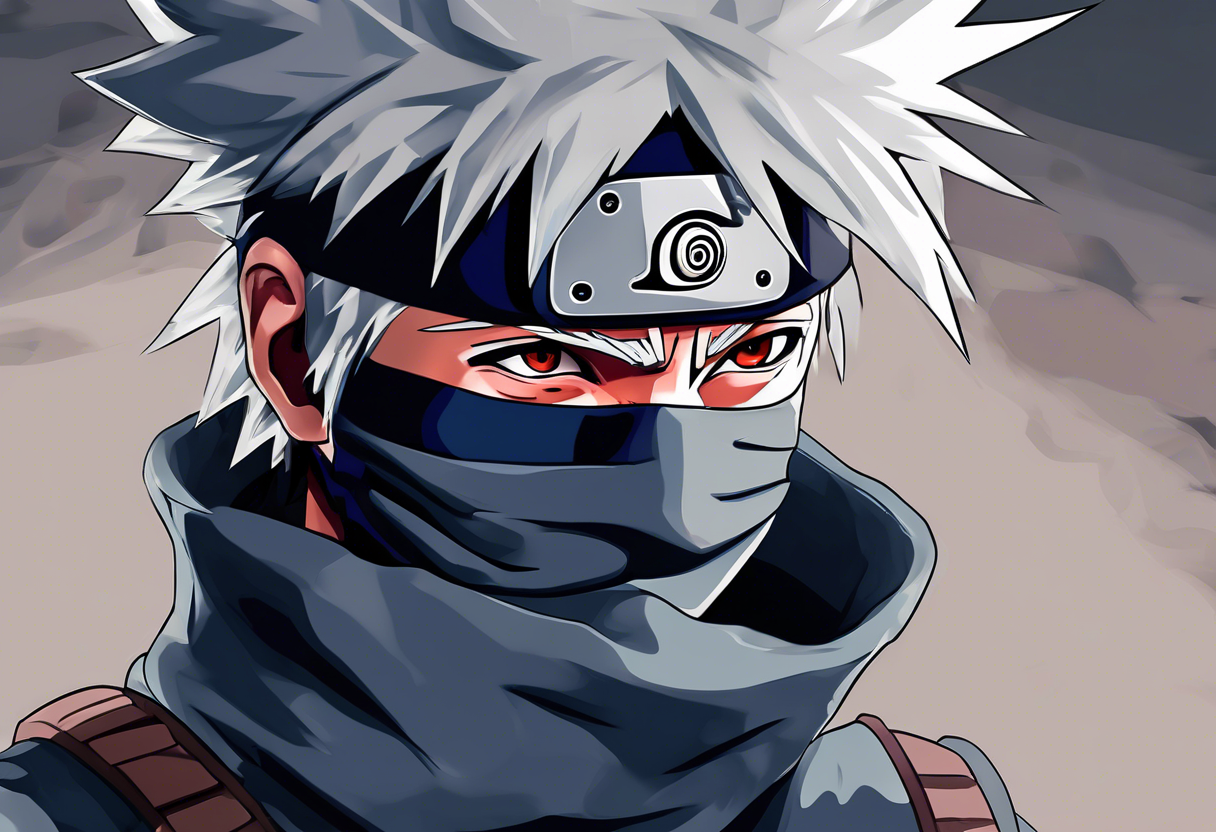Contents
Introduction
Kakashi: Sharingan Warrior is not a standalone anime or film, but rather a character-centric aspect of the broader Naruto series. This section will focus on Kakashi Hatake, a central character in the Naruto manga and anime created by Masashi Kishimoto.
Kakashi Hatake is a fictional character and one of the main protagonists in the Naruto series. He is depicted as an eccentric but highly skilled shinobi from the Hidden Leaf Village. Initially, Kakashi’s character was conceived to be a harsh teacher, but Kishimoto decided to make him more generous and empathetic to calm his students in difficult situations, even incorporating some feminine traits into his character design[1].
The character of Kakashi was introduced early in the series, and his backstory and abilities have been a significant part of the narrative. His design, with most of his face covered, posed challenges for Kishimoto in terms of expressing his emotions[1].
Plot Summary
Kakashi’s storyline is deeply intertwined with the overall plot of Naruto. He is the leader of Team 7, which includes Naruto Uzumaki, Sasuke Uchiha, and Sakura Haruno. The team’s adventures and missions form a crucial part of the series.
Kakashi’s past is marked by the death of his father, Sakumo, and his subsequent relationship with his teammate Obito Uchiha under the tutelage of Minato Namikaze, Naruto’s father. Through Obito, Kakashi obtains the Uchiha clan’s Sharingan, a powerful dojutsu (eye technique) that allows him to copy his opponents’ abilities but also drains his energy[1].
A pivotal event in Kakashi’s life is the death of his squadmates, which leaves him unaware of Obito’s survival. He later becomes the leader of Team 7, forming a familial bond with his students that he never had before. Throughout the series, Kakashi’s character evolves from a detached and apathetic figure to one who is deeply loyal to his friends, students, and the village[1].
In the later parts of the series, Kakashi plays a critical role in various battles, particularly against the Akatsuki organization. He masters the Mangekyo Sharingan and the Kamui ability, which allows him to send objects to another dimension. His confrontations with Pain and later with Tobi (revealed to be Obito) are significant plot points. Kakashi’s actions and decisions are crucial in the war against Tobi’s army and in the final battles against Kaguya[1].
Themes and Symbolism
Kakashi’s character and storyline are rich in themes and symbolism that contribute to the depth of the Naruto series.
One of the central themes associated with Kakashi is the concept of family and loyalty. Despite his initial detachment, Kakashi forms strong bonds with his students, which becomes a source of strength and motivation for him. This theme is highlighted through his relationships with Naruto, Sasuke, and Sakura, as well as his complex and ultimately redemptive relationship with Obito[1].
The Sharingan, particularly the Mangekyo Sharingan, is a symbol of both power and sacrifice. The eye’s abilities and the emotional toll it takes on its users reflect the series’ exploration of the costs of power and the importance of human connections. The Kamui ability, derived from Ainu mythology, adds another layer of cultural and symbolic depth to Kakashi’s character[3].
The series also explores themes of identity, duty, and the consequences of one’s actions through Kakashi’s character. His journey from a lone shinobi to a leader who values his team and village underscores the importance of teamwork, sacrifice, and the protection of loved ones[1].
Cultural Impact
Kakashi Hatake, as a character within the Naruto series, has had a significant cultural impact. The Naruto series itself has been a cultural phenomenon, introducing audiences worldwide to Japanese culture and mythology[4].
Kakashi’s popularity is evident from his high rankings in several popularity polls among Naruto fans. Merchandise based on his character, including key chains and plush dolls, has been widely released, indicating his enduring appeal[1].
The series has also influenced global pop culture, with references to Naruto and its characters appearing in various forms of media. The themes and characters of Naruto, including Kakashi, have resonated with audiences, making the series a staple in anime and manga culture[4].
Critical Reception
Kakashi’s character has received both praise and criticism from critics and audiences. His duality as an apathetic and serious character has been praised for adding depth to the series. However, some critics have noted that he echoes similar detached characters in other shōnen manga[1].
The character development of Kakashi, particularly his evolution from a detached figure to a caring leader, has been well-received. His complex relationships with other characters, especially Obito and his students, have been highlighted as a strength of the series[1].
Legacy
Kakashi Hatake’s legacy within the Naruto series is profound. He remains one of the strongest and most beloved characters, known for his exceptional skills and his deep commitment to his friends and village.
As the Sixth Hokage, Kakashi’s leadership and wisdom continue to shape the Hidden Leaf Village even after the main storyline concludes. His character serves as a model for the values of teamwork, loyalty, and sacrifice that are central to the Naruto series[1].
Kakashi’s influence extends beyond the series itself, inspiring fans and creators alike. His character has become an icon in anime and manga, symbolizing the complexities and depths that can be achieved in character development.

